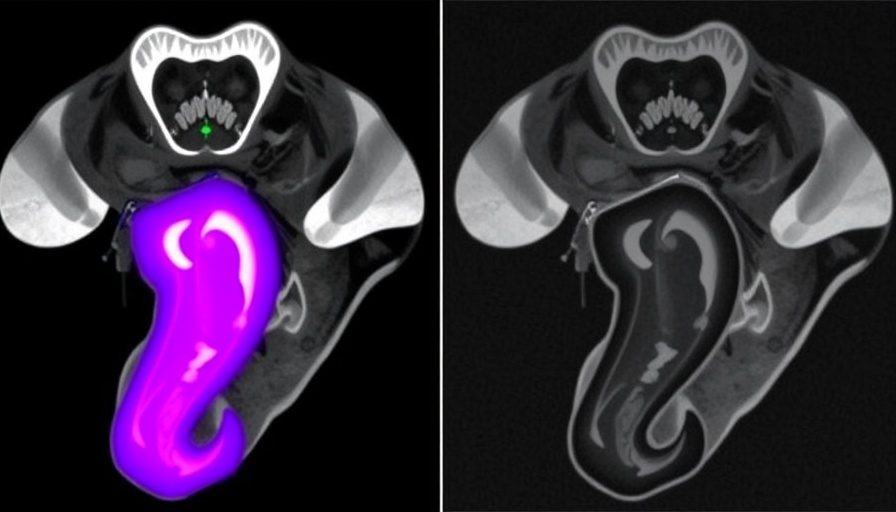
Understanding Bone Mass Changes Post-Dental Implants
The study titled "Short-term Cone Beam CT Study on Bone Mass Changes Post Touch-Controlled Minimally Invasive Mandibular Molar Implant" published in Scientific Reports sheds new light on the importance of monitoring the changes in bone mass after dental implant procedures. By employing cone-beam computed tomography (CBCT), researchers meticulously evaluated the impact of touch-controlled techniques in the mandibular first molar region. This analysis is especially pertinent for adults aged 40-70 in the UK, who increasingly seek dental solutions that promise enhanced longevity and health benefits.
The Impacts of Implant Techniques on Bone Stability
Recent advancements in dental implant technology have emphasized minimally invasive approaches to surgery. The study found that, while undergoing touch-controlled implantation, vertical bone resorption occurred, particularly in the proximal and distal regions of the implant within just one month (T1) and was even more pronounced at six months (T2). In contrast, horizontal resorption was notably absent. Such insights signal the importance of surgical techniques and their direct impact on employee outcomes.
What This Means for Patients
The implications for patients considering implant surgery are significant. With the knowledge that vertical bone resorption can stabilize over time, patients can feel reassured about the longevity of their implants as long as proper care and follow-ups are maintained. Results from this study provide valuable guidance to clinicians, enabling them to select the most appropriate surgical techniques for their patients.
Pursuing Optimal Oral Health Through Modern Techniques
For many older adults, the loss of a mandibular first molar is not just about aesthetics; it's about functionality and the ability to enjoy life without pain while eating. The use of minimally invasive techniques may significantly reduce recovery time and potential complications, thus maintaining one's quality of life. As patients, understanding the procedure and expected outcomes is crucial when deciding on dental restoration options.
Taking Action: Finding the Right Dental Solutions
If you or someone you know is exploring dental implant options, consider discussing touch-controlled techniques with your dentist. Not only does this approach minimize discomfort and speed up recovery times, but it also provides promising evidence of maintaining bone health post-surgery. This understanding aims to enlighten readers about the importance of dental health in their quality of life.
Final Thoughts on Dental Implant Outcomes
In summary, the advancements in minimally invasive dental implant technology, specifically using the touch-controlled methodology, reveal a promising future for periodontal and overall health among older adults. It's essential to stay informed about your options, keeping abreast of new developments that could enhance your well-being.
 Add Row
Add Row  Add
Add 




Write A Comment